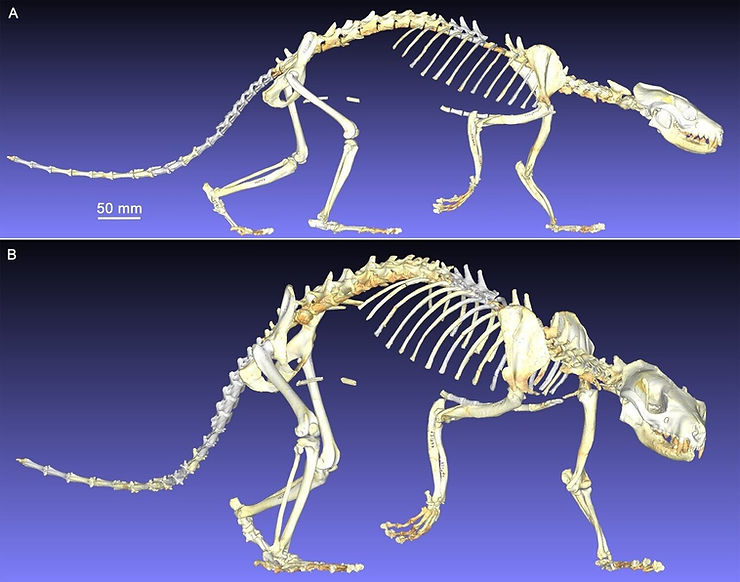By: Sophie Tian
In 1982, a group of paleontologists discovered the skeleton of a primitive bear that once lived near a river in modern-day North Dakota. It was likely male, resembled a raccoon, and ate like an otter- but it didn’t live long. This discovery provided textbooks with new information about the origins of early carnivores.
Early this month, vertebrate paleontologist Xiaoming Wang and his team published an article in the Journal of Vertebrate Paleontology detailing all of the animal’s features. “It’s a fabulous specimen. This animal is really telling a lot of stories,” said Dr. Wang. His team also found skeletons of five others of the same species near the original.
Dr. Wang’s team named the animal “eoarctos vorax,” meaning “voracious dawn bear.” The name dawn bear points to the fact that this animal was one of the earliest carnivores to ever exist, as in at the dawn of something new.
The dawn bear is approximately two feet long, with a build similar to a raccoon. It has long claws for climbing trees and flat feet to travel long distances on land.
Dr. Wang’s team discovered it was an early mammalian carnivore, an arctoid. Arctoids include bears, seals, skunks, raccoons, weasels, and otters. Paleontologists used to believe that arctoids originated in Europe, but the discovery of the dawn bear suggests that they originated in North America instead.
A dental exam of the dawn bear showed that he broke some teeth on the right side of his jaw. Then, before the injury healed, he used the left side and damaged those teeth too. Other dawn bears also lost teeth in a similar fashion. “Those are broken-off roots. They must have been eating very hard things. That in itself is kind of interesting,” said Blaire Van Velkenburgh, a vertebrate paleontologist at the University of California.
Dr. Wang speculates that the dawn bear ate mollusks from the river he lived next to and crushed their shells as otters do. Crunching on the mollusks may have been the cause of his teeth injuries, but they may also have been from eating hard fruit pits.
By examining his teeth, Dr. Wang’s team could tell this dawn bear died young, probably of a blood infection from his broken teeth. The injury would have been incredibly painful. However, as Dr. Wang noted, “For all his suffering, he certainly made a huge contribution to science.”











